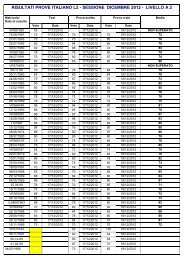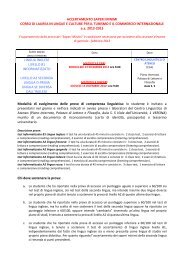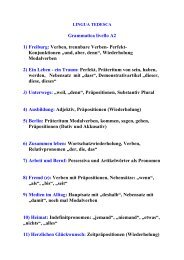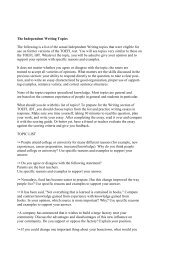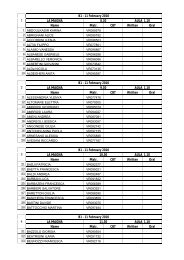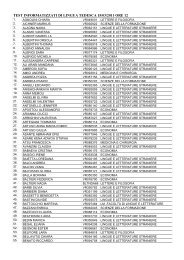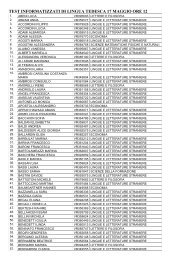Charles Dalli
Charles Dalli
Charles Dalli
You also want an ePaper? Increase the reach of your titles
YUMPU automatically turns print PDFs into web optimized ePapers that Google loves.
Augustinian, Carmelite, Dominican, and Francescan friaries, as well as<br />
two Benedictine nunneries 7.<br />
«The Town and Island of Malta»<br />
The hill top had a long history of human settlement, according to recent<br />
archaeological excavations extending back to c.1000 BCE. Phoenicians<br />
colonized the islands from c.800 BCE, and their Carthaginian descendants<br />
held the towns and islands until the start of the Second Punic War 8. The<br />
ancient walled town of Melite where the island’s population resided in the<br />
Roman centuries (c.218 BCE- CE 440; Byzantine reconquest in 535) was<br />
succeeded possibly in the late Byzantine era (c.700-870) by a smaller<br />
walled town, the madina of the Arab period (870-1091) 9. Malita and<br />
Gawdi? were recorded laconically in Arab geographical compilations,<br />
while more detailed accounts of the Muslim conquest were entered in the<br />
later works of al-Qazwīnī and al-Himyarī. The latter author stated in his<br />
opus Kitāb ar-Rawd al-Mi‘tār [The book of the fragrant garden] that the<br />
island was depopulated by the Muslim conquerors in 870, and that the<br />
town of Malta was refounded around the year AH440 [1048-1049]. In<br />
1091 the town was forced to come to terms with the Norman leader Roger<br />
of Hauteville, entering into tributary obligations and surrendering to the<br />
ruler of Sicily a large number of Christian captives, as well as beasts,<br />
weapons and money 10. In an undated process which may stretch back to<br />
the twelfth century, the transformation of the islands into a dependency<br />
under Latin Christian lordship, and the subjection of the Muslim<br />
population, were reflected in the proliferation of more than one hundred<br />
rahl (Maltese rahal) type establishments across the Maltese countryside 11.<br />
By c.1400, the settlement pattern on Malta was predominantly rural, with<br />
c.three-quarters of the population dispersed in villages 12.<br />
The establishment of the Hospitaller Order of St John in Malta in 1530<br />
underlined the limitations of the island’s urban and defensive infrastructure,<br />
which proved to be largely inadequate to meet the logistical and<br />
material requirements in accommodating the religious and military organi-<br />
7. M. Buhagiar Mario & S. Fiorini, Mdina: the Cathedral City of Malta, 2 voll., Malta<br />
1996.<br />
8. The period is discussed in A. Bonanno, Malta Phoenician Punic and Roman…, cit.<br />
9. The medieval transition is studied in C. <strong>Dalli</strong>, Malta…, cit.<br />
10. The text of Geoffrey Malaterra is discussed in ivi.<br />
11. G. Wettinger, Place-names of the Maltese islands, c.1300-1800, Malta 2000, pp.<br />
271-292.<br />
12. See essay by G Wettinger in A. Luttrell (ed), Medieval Malta…, cit.<br />
77



